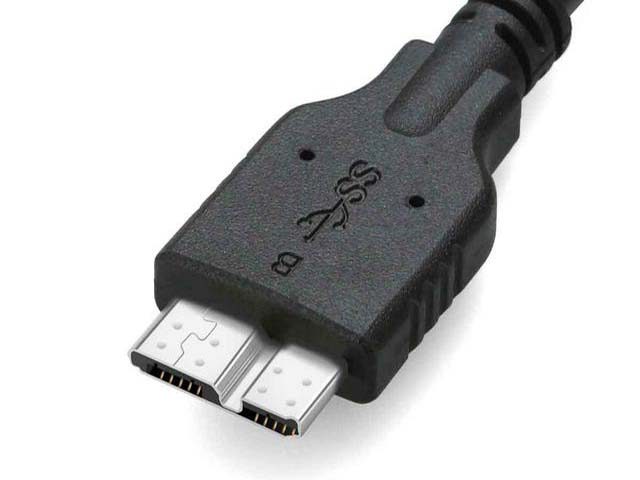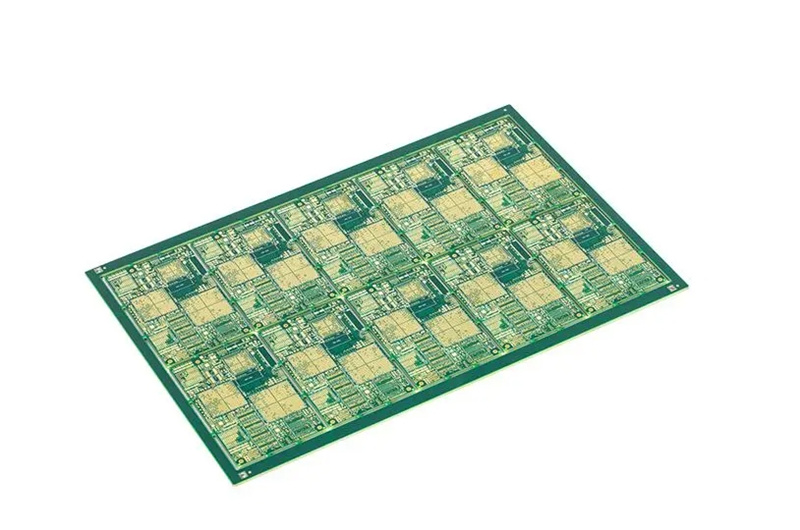USB (Universal Serial Bus) is a widely used interface for connecting electronic devices to computers and other devices. In recent years, there have been two main versions of USB: USB 3 and USB-C. In this blog post, we will explore the differences and similarities between these two standards, and discuss the advantages of USB-C over USB 3.
What is USB 3?
USB 3, also known as USB 3.1 Gen 1, is a version of the USB standard that was introduced in 2010. It is designed to support data transfer speeds of up to 5 Gbps (gigabits per second), which is about 10 times faster than the previous USB 2.0 standard. In addition to faster data transfer speeds, USB 3 also includes features such as improved power efficiency and backward compatibility with previous versions of USB.
One of the main advantages of USB 3 is its ability to support multiple devices through a single connection. For example, a USB 3 hub can be used to connect multiple devices, such as a mouse, keyboard, and hard drive, to a computer using a single USB port.
What is USB-C?
USB-C, also known as USB Type-C, is a newer version of the USB standard that was introduced in 2014. It is designed to be a universal connector that can be used with a wide range of devices, including smartphones, tablets, laptops, and desktop computers.
One of the main features of USB-C is its reversible connector, which means that it can be plugged in either way without worrying about the orientation. This is a significant improvement over previous versions of USB, which required a specific orientation for the connector to fit into the port.
In addition to the reversible connector, USB-C also supports faster data transfer speeds of up to 10 Gbps (double the speed of USB 3) and higher power delivery of up to 100 watts. This makes it a suitable choice for charging and powering larger devices, such as laptops and monitors.
Comparison of USB 3 and USB-C
Despite the differences in speed and connector design, there are also several similarities between USB 3 and USB-C. Both standards are used for data transfer and charging, and they both support the use of multiple devices through a single connection (e.g. using a hub).
However, there are also some significant differences between the two standards. One of the main differences is the connector type, with USB-C using a reversible connector and USB 3 using a non-reversible connector. This means that USB-C is easier to use and more convenient, as it can be plugged in either way without worrying about orientation.
Another difference is the speed of data transfer, with USB-C supporting speeds of up to 10 Gbps compared to 5 Gbps for USB 3. This means that USB-C is faster and more efficient for transferring large files or streaming video.
Finally, there is also a difference in compatibility between the two standards. While USB 3 is backward compatible with previous versions of USB, it is not forward compatible with USB-C. This means that a USB 3 device will not work with a USB-C port, and vice versa.
Advantages of USB-C
Given the differences between USB 3 and USB-C, there are several advantages to using USB-C over USB 3. One of the main advantages is the reversible connector, which makes it easier and more convenient to use. In addition, the faster data transfer speeds and higher power delivery of USB-C make it a better choice for charging and powering larger devices.
According to Shine Industry connector website,some of the main advantages of USB-C include:
- Reversible connector: The USB-C connector is reversible, which means it can be plugged in either way without worrying about the orientation. This makes it easier and more convenient to use compared to previous versions of USB.
- Faster data transfer speeds: USB-C supports data transfer speeds of up to 10 Gbps, which is double the speed of USB 3. This makes it faster and more efficient for transferring large files or streaming video.
- Higher power delivery: USB-C can support power delivery of up to 100 watts, which makes it suitable for charging and powering larger devices such as laptops and monitors.
- Universal compatibility: Because it is a newer standard, USB-C is more widely supported by a range of devices, including smartphones, tablets, laptops, and desktop computers. This makes it a more universal choice compared to USB 3.
- Future-proofing: Given the superior features and capabilities of USB-C, it is likely to become the more dominant standard in the future. Using USB-C devices now can help future-proof your setup and ensure compatibility with newer devices.
Conclusion
In conclusion, USB 3 and USB-C are two versions of the USB standard that are used for data transfer and charging electronic devices. While there are similarities between the two standards, such as their use of multiple devices through a single connection, there are also significant differences. These include the connector type, speed of data transfer, and compatibility.
Overall, USB-C has several advantages over USB 3, including its reversible connector, faster data transfer speeds, higher power delivery, and universal compatibility. While USB 3 is still widely used, it is likely that USB-C will become the more dominant standard in the future due to its superior features and capabilities.





Leave a Reply
You must be logged in to post a comment.